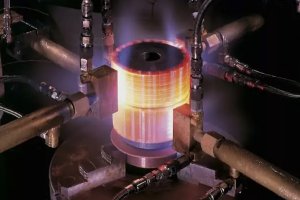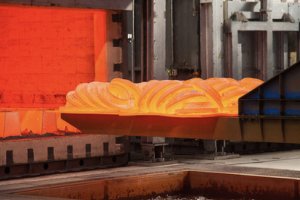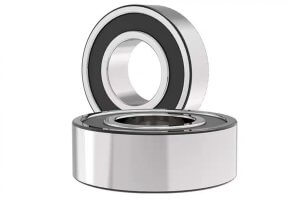Introduction: Galvanized steel, an innovation in the world of construction and manufacturing, represents a pinnacle in material engineering. It’s a process where steel is coated with a protective layer of zinc, enhancing its durability and resistance to environmental factors. This article delves deep into the galvanization process, exploring its methods, properties, and the diverse applications of galvanized steel in various industries.
What is Galvanized Steel? Galvanized steel is essentially a carbon steel that has been coated with a thin layer of zinc. This zinc layer acts as a barrier, preventing corrosive elements from reaching the underlying steel. The process is primarily used to extend the life of steel by protecting it from corrosion and rust.
Methods of Galvanizing Steel:
- Hot-Dip Galvanizing: The most common method, where steel parts are submerged in a bath of molten zinc.
- Pre-Galvanizing: A process where steel sheets are galvanized before they are shaped into final products.
- Electro-Galvanizing: A method where a layer of zinc is electroplated onto steel for a smooth, fine coat.
- Sherardizing: Involves heating steel in zinc powder, forming a zinc-steel alloy coating.
Properties of Galvanized Steel:
- Corrosion Resistance: The primary advantage, significantly increasing the steel’s lifespan.
- Surface Toughness: Offers greater resistance to scratches and abrasions.
- Formability: Despite the zinc coating, it can be bent and formed into various shapes.
- Paintability: Can be painted for additional aesthetic value and extra protection.
- Recyclability: Both zinc and steel are recyclable, making it an environmentally friendly option.
Uses of Galvanized Steel:
- Construction Industry: Used in building structures, roofing, siding, and fencing.
- Automotive Industry: In car bodies and components to prevent rust.
- Infrastructure: For guardrails, street furniture, and lighting poles.
- Agriculture: In equipment and storage facilities for enhanced durability.
- Energy Sector: In power transmission towers and other energy infrastructure.
The Galvanization Process – Step-by-Step:
- Surface Preparation: Steel is cleaned to remove any impurities and ensure effective zinc adhesion.
- Galvanizing: Depending on the method, the steel is either dipped in molten zinc, electro-galvanized, or processed through other means.
- Cooling and Finishing: The zinc-coated steel is cooled, which may involve additional treatments for specific surface properties.
- Inspection: Quality checks are conducted to ensure the coating is uniform and adheres to standards.
Advantages of Galvanized Steel Technique:
- Longevity: The zinc coating significantly prolongs the life of steel products.
- Cost-Effective: Protects against costly repairs and replacements due to corrosion.
- Low Maintenance: Requires minimal upkeep compared to non-galvanized steel.
- Versatility: Suitable for a wide range of applications, from heavy industrial to domestic use.
Key Considerations in Galvanizing Steel:
- Selecting the Right Method: Depending on the application, choose the most suitable galvanization method.
- Ensuring Quality Coating: Uniformity in the zinc layer is crucial for optimal protection.
- Environmental Factors: Consider the specific environmental conditions where the steel will be used.
- Compatibility with Other Metals: Be aware of potential galvanic corrosion when in contact with other metals.
Conclusion: Galvanized steel stands out as an essential material in modern manufacturing and construction. Its unique combination of durability, cost-effectiveness, and versatility makes it an ideal choice for a multitude of applications. Whether it’s in building robust infrastructure or manufacturing long-lasting consumer products, galvanized steel plays a pivotal role in enhancing quality and sustainability.
Start Your Galvanized Steel Project Today: For those interested in leveraging the benefits of galvanized steel, consider partnering with a reliable supplier or manufacturer. Ensure they offer comprehensive solutions tailored to your specific needs, from material selection to final product delivery.
Feel free to reach out to industry experts for guidance and to embark on your next project with the strength and reliability of galvanized steel!
Other Articles You Might Enjoy
- Galvanized Steel vs Aluminum: Understanding the Key Differences
Introduction In the realm of metalworking and manufacturing, two materials often dominate the conversation: Galvanized Steel and Aluminum. Both are extensively used across various industries, from construction to automotive manufacturing,…
- Hot-Dip Galvanizing: Purpose, Process, and Uses
Introduction to Hot-Dip Galvanizing Hot-dip galvanizing, a process widely recognized in the industrial world, plays a crucial role in enhancing the durability and longevity of steel and iron products. This…
- Galvanized vs. Galvanneal: What Are the Differences?
In the realm of metal finishing and corrosion protection, two processes often come up: galvanizing and galvannealing. Both methods enhance the durability and longevity of steel and other metal products,…









